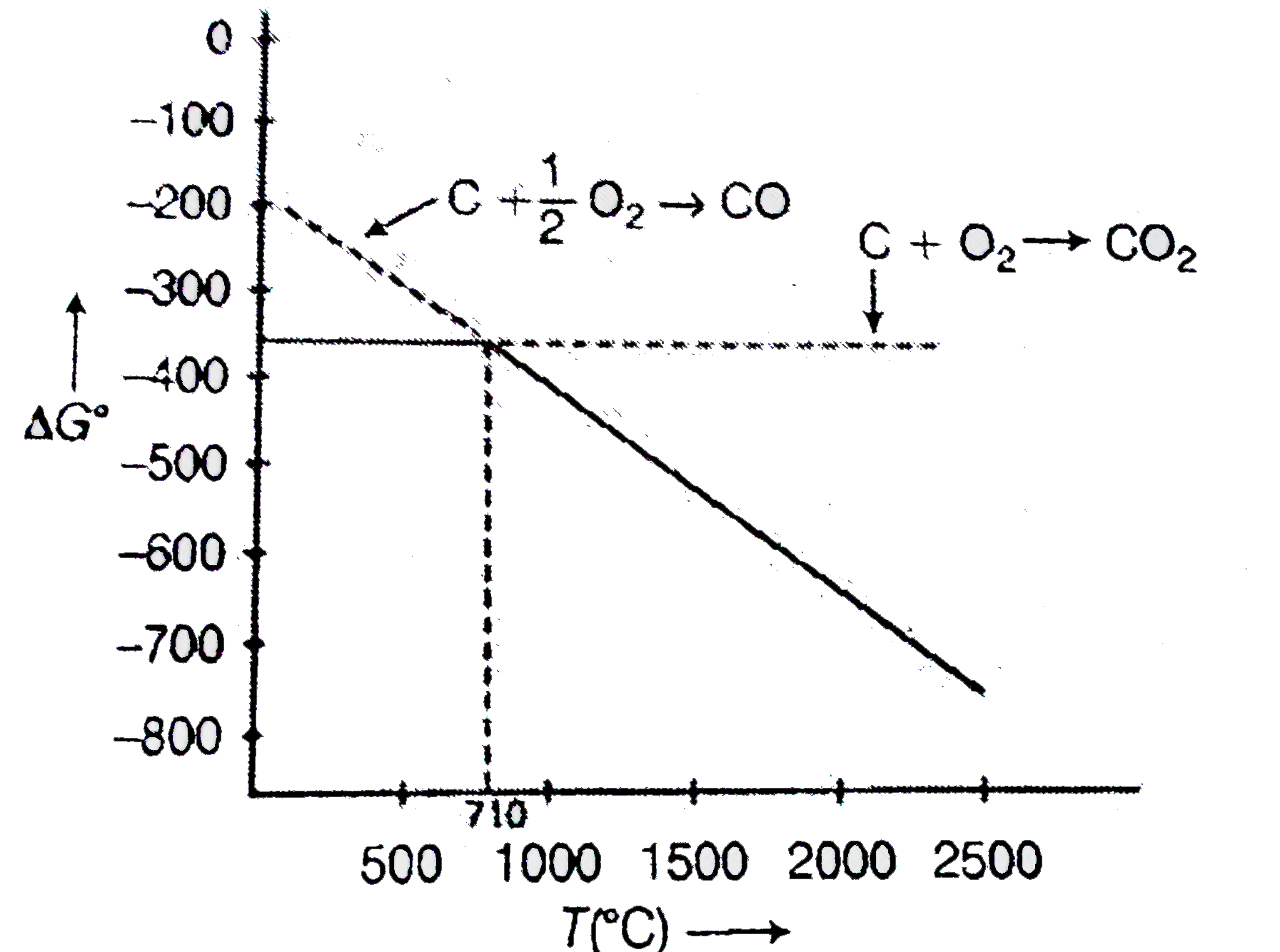Considering Ellingham diagram, which of the following metals can be used to reduce alumina?
A
Fe
B
Zn
C
Mg
D
Cu
Text Solution
Any metal oxide with lowe value of ΔG∘ is more stable than a metal oxide with higher ΔG∘. This implies that the metal oxide placed higher in the diagram can be reduced by the metal involved in the formation of the oxide placed lower in the diagram. The relative tendency of the various metals to act as reducing agents is: Ca>Mg>Al>Cr>Zn>Fe>Cu. Thus, Mg being more reducing in nature, can reduce aluminium oxide (alumina).
|
Topper's Solved these Questions
- GENERAL PRINCIPALS AND PROCESSES OF ISOLATION OF ELEMENTSBOOK - MTG GUIDECHAPTER - GENERAL PRINCIPALS AND PROCESSES OF ISOLATION OF ELEMENTSEXERCISE - Check Your NEET/ITALS
24 Videos
- ELECTROCHEMISTRYBOOK - MTG GUIDECHAPTER - ELECTROCHEMISTRYEXERCISE - AIPMT/NEET(MCQs)
5 Videos
- HALOALKANES AND HALOARENES BOOK - MTG GUIDECHAPTER - HALOALKANES AND HALOARENES EXERCISE - AIMPT/NEET
10 Videos
Similar Questions
Knowledge Check
Which of the following metal can be extracted without using reducing agent?
ASnBPbCFeDBoth (1) & (2)Ellingham Diagram is useful
ATo know thetempreature where phase transformation ocuursBTo know the temperature where metal oxide decompose on its ownCTo select suitable reducing agent for reduction of metal oxideDAll of the aboveEllingham Diagram is useful
ATo know thetempreature where phase transformation ocuursBTo know the temperature where metal oxide decompose on its ownCTo select suitable reducing agent for reduction of metal oxideDAll of the above
Ellingham diagram is used for ?
View SolutionEllingham diagram can be drawn for the following:
View SolutionOn the basis of Ellingham diagram which of the following is/are correct?
View SolutionOn the basis of ellingham diagram which of the following is not correct ?
View SolutionConsider the following Ellingham diagram for carbon

Which of the following statements is incorrect for the above Ellingham diagram
View Solution
